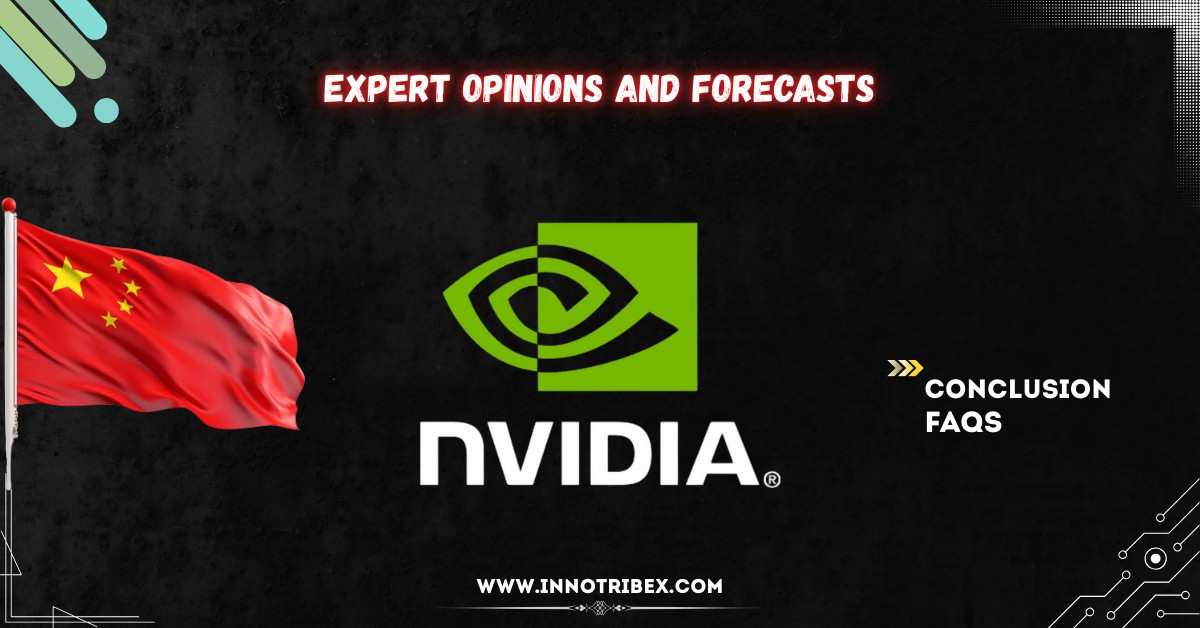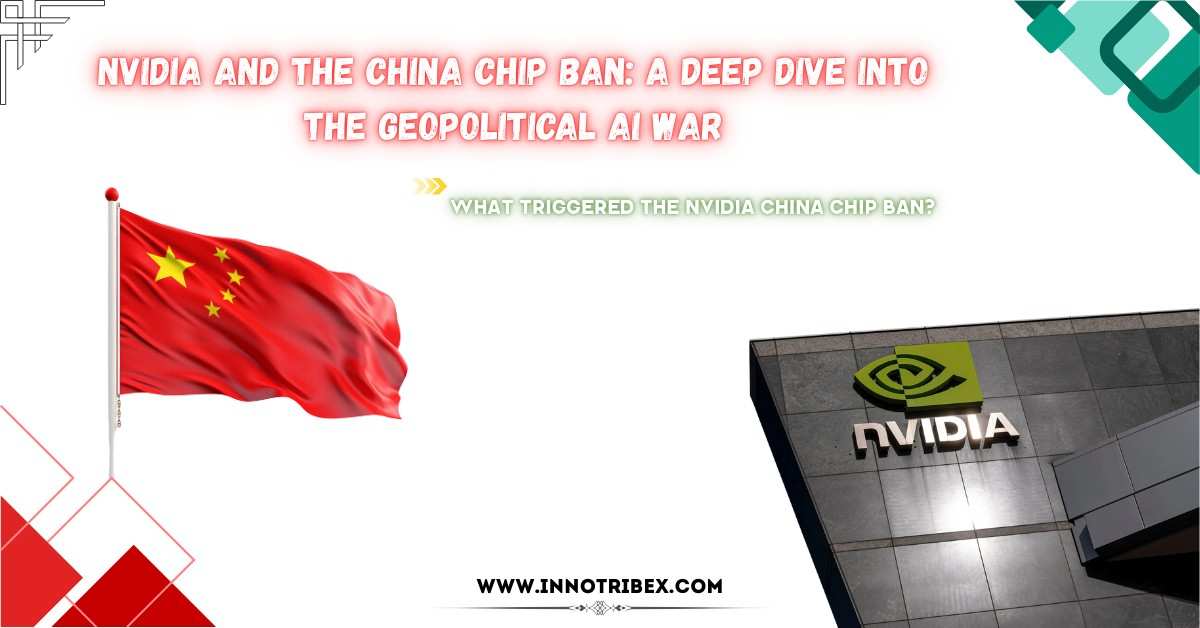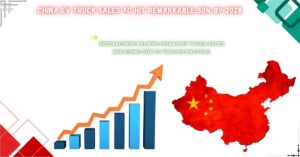Nvidia’s company owns over 90% of the market for AI technology development globally and is therefore capable of creating AI programs for both virtual bots and high performance systems. The decisive competition escalation in the AI field led to the U.S. government’s greater control over Chinese chip exports and an indirect kick to Nvidia in the technology war. Recently, the H100, H20 chips have been identified by the U.S. export restrictions as part of the continuing U.S.-China chip ban measures. Nvidia suddenly — and in a matter of days — must find solutions to a very challenging geopolitical situation, which comes with the immediate risk to the billions of dollars of revenue possibly facing dire consequences as global markets act swiftly.
What Triggered the Nvidia China Chip Ban?
At the time of the Nvidia China chip ban, the US government had wanted to use systematic restrictions to restrict China’s technological ability. Tensions between America and China is gradually growing as US officials express concern over Nvidia’s A100 and H100 AI chips in the hands of Beijing to propel its military, surveillance and scientific program.
- Commerce Department set the AI chip export regulations because the department assumed high-performance chips represented a threat to national security.
Exporter restrictions are put in place to prevent China from easily using supercomputing and cyber weaponry in the military. As world-class chips maker, the company won the status as a leading figure.
Timeline of Events: From A100 to H20 Restrictions
- It becomes the first in the U.S. to restrict the sale of Nvidia’s A100 and H100 chips in China without a license in 2022.
- In 2023, Nvidia creates A800 and H800 versions of its products usable by Chinese customers who can abide by U.S. compliance.
- At the end, researchers come to the conclusion that by that time at the end of 2024, Chinese universities and military linked institutions have managed to acquire these restricted chips in an indirect way.
- U.S. banning Nvidia’s H20 chip: 2025 April, in the U.S., an export ban of Nvidia’s latest product: H20 chip, is now in place.
- This is one of Nvidia’s biggest markets, so they have realized that something has to give, with regulations tightening to this steady degree.
What makes these chips ‘sensitive’ – The Technology behind the ban.
In fact, Nvidia’s H100, A100, and H20 chips are being used not just to game or execute simple AI, but to train large language models, run national supercomputers, and deep learning research and many more.
- Their abilities to process massive parallel tasks come in handy for commercial as well as military sectors and they are able to do just that. They are rumored for use in military grade high AI systems or as an advanced surveillance system, and are not to fall into the wrong hands, for which the United States has decided that they should be treated this way.
The US is tightening its grip and even modified versions such as the H800 chip designed by Nvidia to fit in previous export limits are also being scrutinized.
Further reading suggestions: Discriminatory Tech Taxes: Italy and US Strike Powerful Agreement to Oppose Them
How Does China Still Secure Supply Chain of Nvidia Chips?
Limited though, some Chinese military units and the top ivory tower stops of China have obtained the Nvidia chips, a Reuters investigation has found. These entities often buy from third party vendors who bypass official sale channels themselves.
- But in the process it has led to a growing gray market for Nvidia products due to the fact that resellers, shell companies and academic institutions have become intermediaries as people there are unwilling to pay the high ARM premium. While procurement of AI chips from Chinese research labs has been carried out through indirect imports as well, question marks have been raised regarding the enforcement of export bans.
This also mocks American goals and presumes that enforcement may not be enough to stop chip supply of AI for distribution.
Nvidia’s Response and Workarounds
Indeed, it has been a fine line walked by Nvidia. The company also produced compliant versions of its chips, the A800 and H800, for the run in with the initial release to provide services in China while remaining within US laws. Nvidia has little choice in the case of the H20 chip.
- A few months back, it had said it would suffer a financial loss from lost sales and unsellable inventory in China. It is now looking at other markets and contemplating other chip changes that could slip through U.S. export guidelines.
And Nvidia is trying to get more clarity from U.S. officials, as it joins them in trying to stabilize its business while it works with policymakers.
Financial Impact on Nvidia & Market Response
The ban would cost Nvidia about $5.5 billion in revenue. The company has already began writing down inventory aimed for China. Investors moved fast after the news of the expanded restrictions triggered a drop in the stock of Nvidia.
- The China chip ban highlights the brittleness of the world’s semiconductor provide traces and raises questions about hedging an excessive amount of with geopolitically shaky markets while Nvidia continues to be a boon in AI gear.
Now Nvidia’s analysts will be watching how it well it plays the game of growth in both hot markets, like India, the Middle East and Southeast Asia where demand for AI infrastructure is soaring high.
The Nvidia China chip ban is not only one company’s act
And the Nvidia China chip ban is not the act of one company. Under political boundaries, China’s development of its AI will slow it down and the rest of the world’s semiconductor industry will be put under pressure to innovate in.
- AMD and Intel gained from a short term gain, and could take advantage of this situation to sell to this Chinese clients. And though that may slow down what should be global AI advancement in the long term, fragmented supply chains among other things, and the lack of access to the best of the top tier chips.
Countries are investing more in the self reliance, China is in the process of its own domestic chip development while the U.S. is pushing their CHIPS Act to secure domestic production.
Policy Analysis: Will Sanctions Escalate or Ease?
U.S. policymakers are balancing carefully. The technologies superiority is allowed to be interested in one hand of them, and the national security. At the same time, they need not to over regulate so much that it impacts companies like Nvidia in the United States, but to make the bill politically feasible.
- In the diplomatic angle, China can counterattack by strikes on other US tech companies or on speeding up its hold on rare earth metals, key parts to chip production.
That will depend on how much Chinese officials can get around current sanctions and the side of geopolitical developments. At least for the time being, though, it is not looking as if it will be looking to punish (pillory) a person by being more stringent and utterly comprehensive.

Expert Opinions and Forecasts
Industry analysts are divided. Nvidia’s global name and the quality of its products are considered ways out of this slowdown. Also others fear restrictions on the export will provide a stranglehold on the growth of its business in the second largest economy in the world.
- Experts believe Nvidia may eventually discontinue its work on AI chip solutions for the military for other non military applications or may forge on pursuing partnerships in other politically less intense countries.
The bet is that Nvidia will spend more on more aggressive R&D, then more on regional cloud ties, even including a new generation of chips with strong performance yet nonthreatening to the regulators.
Conclusion
The fact Nvidia is facing a China ban is bigger than a business story, it’s about serious global competition between the superpowers for AI, innovation and the dominance of technology. Nvidia now faces a juncture: the very thin case of growth and security without personal freedom.
Further reading suggestions:
Nvidia’s involvement in the U.S.-China tech war will likely change. However, as a certainty: the topic of building better chips is not the future of AI; the future of AI is who gets to consume them.
FAQs About the Nvidia China Chip Ban
1. Why did Nvidia get banned from selling chips that could be sold to China?
- ANS: The U.S. banned sticking some advanced AI chips to China in the national security worried. The A100 and H100 high performance GPUs were feared to enter military systems, surveillance or research uses of AI that are aiding China’s defense priorities.
2. Which Nvidia chips are Netflix can no longer export to mainland China due to the Nvidia China export ban?
- ANS: The H100 chip began in December and has been applied to the A100 chips, H800 and other modified versions, such as H20, the latest H20 chip. These chips are sensitive from a policy standpoint because these are used in large scale training of AI and supercomputing.
3. Given the ban is in place, just how are Chinese firms still able to source Nvidia chips?
- ANS: Several reports have revealed that the Chinese universities, military linked institutions have been purchasing Nvidia chips from third party vendors, resellers and academic collaborations. Nevertheless, export restrictions cannot be really imposed in the underground market.
4. Then how will the China chip ban affect Nvidia’s finances?
- ANS: Nvidia expects that the ban will cost it more than $5.5 billion in revenue. The stock already rose, and the company started to write down inventory that was meant to go to China.
5. Can Nvidia legally sell any of the chips to China?
- ANS: You expect it to happen, but not necessarily in the United States where Nvidia has previously created lower powered H800 and A800 chips for the Chinese market as well, but these are being investigated and further limited as well.
6. How will Nvidia China chip ban impact the world’s AI industry?
- ANS: So, authorities in China are slowing AI development by virtue of the ban, and the global semiconductor supply chains are disrupted. But forced companies and governments to investigate where chips depend on to make the chips that are powering their AI, and how they can get that supply in their companies.
7. Will this be the case in the future that the U.S. will place a strong restriction on the use in AI chips?
- ANS: Experts believe it’s likely. AI tech does not develop, and geopolitical tensions are not going away any time soon which will lead the U.S. to the limits of allowing stricter regulations, perhaps in a different shape, such as broadening the list of restricted chips as a means of stronger enforcement of allied countries.
You can participate in discussions on our social networks which include Facebook and Instagram and LinkedIn





Pingback: Discriminatory Tech Taxes: 2 Nations Sign Powerful Deal
Pingback: Netflix Revenue Outlook: 5 Reasons Growth Is Booming